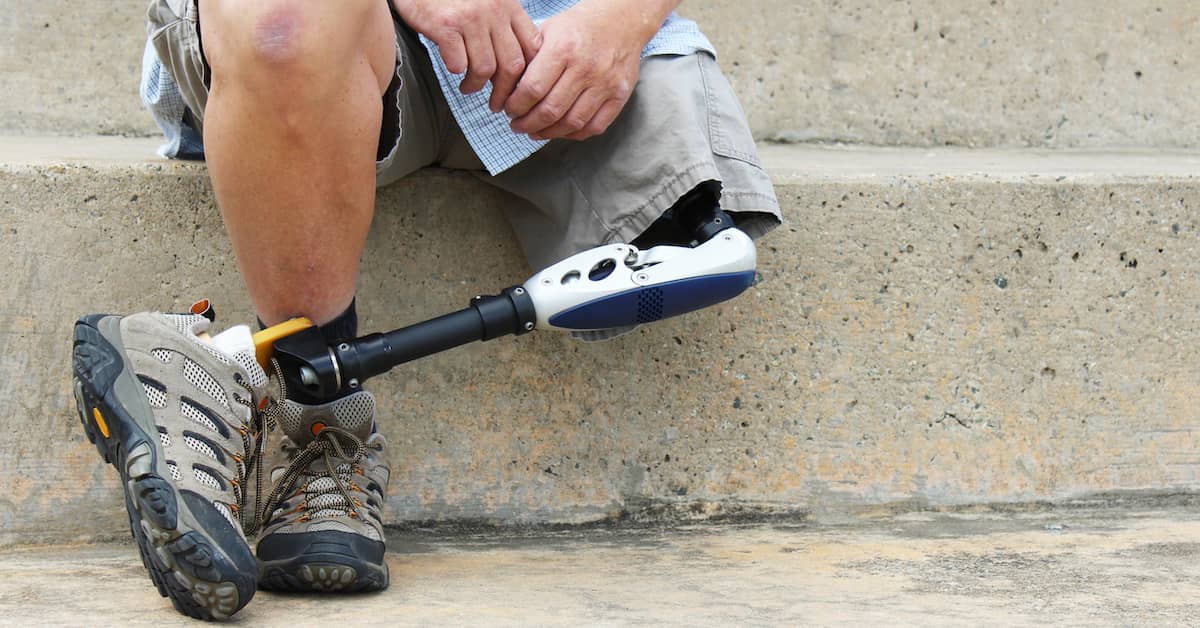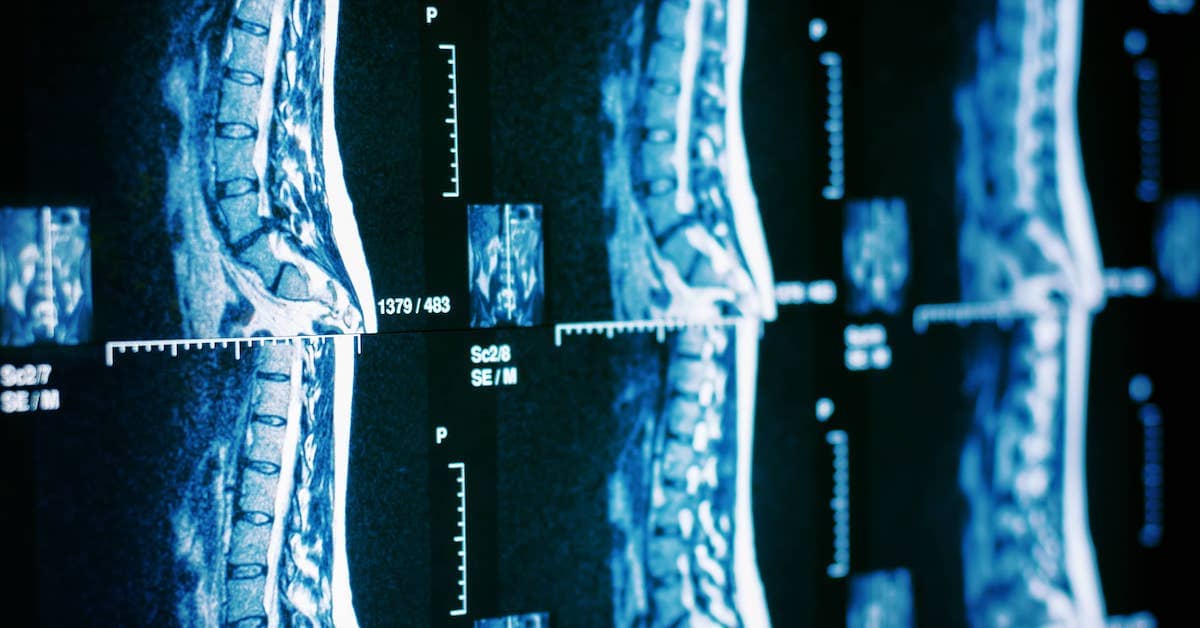
What Is Traumatic Amputation?
A traumatic amputation involves the removal of a limb or body part that occurs as the result of an accident or injury. Amputations can range from the loss of a single finger or toe to the loss of an entire arm or leg. In the United States, nearly 1.2 million people live with an amputation, and about 22 percent of amputations are caused by trauma.
The loss of a limb can forever change a person’s health, the quality of their life, and the ability to work. For 45 years, the amputation injury attorneys at Mandell, Boisclair & Mandell, Ltd have been helping injury victims throughout Providence and other areas of Rhode Island. We know the challenges faced by those who have experienced traumatic amputations, and we are committed to helping our clients pursue the maximum compensation they need to move forward.
What Are Complete and Partial Traumatic Amputations?
No two amputation injuries are exactly the same. In some cases, such as in a car accident, a limb may be immediately detached from the body. Other times, limbs can be irreparably damaged due to a crushing or burn accident.
Generally, amputations fall into two categories:
- Complete amputation: This type of amputation involves the total detachment of a limb from the rest of the body. In some complete amputation cases, surgeons can attempt to reattach a severed but preserved limb through “replantation surgery.”
- Incomplete amputation: These amputations occur when some of the soft tissues connecting the limb to the body remain intact. Partially severed limbs may or may not be reattached to the body. For example, limbs that are not completely severed but are still severely damaged may need to be removed through surgery.
In some cases, further surgery may be necessary to correct problems that develop or to help relieve pain.
Physical Effects of Traumatic Amputation
While traumatic amputations are serious and difficult injuries on their own, they can also lead to a number of other physical effects, such as:
- Mobility issues: Following an amputation, even the most basic aspects of daily life can become a challenge. Previously simple tasks around the house can become arduous, and it may become extremely difficult to perform job duties and earn a living.
- Infection: When the skin on a stump breaks down, it can cause wounds to open, potentially leading to infections and an increased risk of blood clots. Such infections often require additional surgery to remove more of the extremity or even the remainder of the limb.
- Phantom limb syndrome: This condition causes amputees to experience sensations, whether painful or otherwise, in limbs that do not exist.
Common Causes of Traumatic Amputation
Accidents that result in traumatic amputation are often devastating for victims and lead to a lifetime of disability. Traumatic amputations can result from a number of causes, the most common of which include:
- Motor vehicle accidents: One of the leading causes of traumatic amputations is motor vehicle accidents. These include car, truck, and motorcycle wrecks. The extreme force and speed of a collision can easily result in the loss of a limb or extremity. In traffic accidents, a traumatic amputation can involve the arms, legs, and more.
- Construction site accidents: Workplace accidents, particularly construction site accidents, cause numerous amputation injuries each year. Falls, equipment malfunctions, crushing accidents, and more can all result in the traumatic loss of a limb or body part.
- Firearms or explosive accidents: Accidents involving explosives, firearms, and fireworks account for many traumatic amputations. In some cases, even if the impact of an explosion did not cause the amputation, medical professionals may deem it medically necessary to amputate a body part that has been irrevocably destroyed by force or burn injuries.
- Defective products: Whether due to a malfunctioning auto part, gas grill, appliance, or other device, defective products cause many traumatic amputation injuries annually. These defects can be caused by flaws in the design, manufacturing, or warning labels of a product.
Contact a Traumatic Amputation Lawyer in Providence Today
The lawyers at Mandell, Boisclair & Mandell, Ltd are passionate about helping accident victims recover from their injuries and move forward in their lives with dignity. If you have experienced a traumatic amputation due to someone else’s negligence, we want to hear your story.
View our multi-million-dollar settlements and trial results.
Call us today at (401) 273-8330 for a free case evaluation. Mandell, Boisclair & Mandell, Ltd serves clients throughout Rhode Island, including Providence and other nearby areas.





























